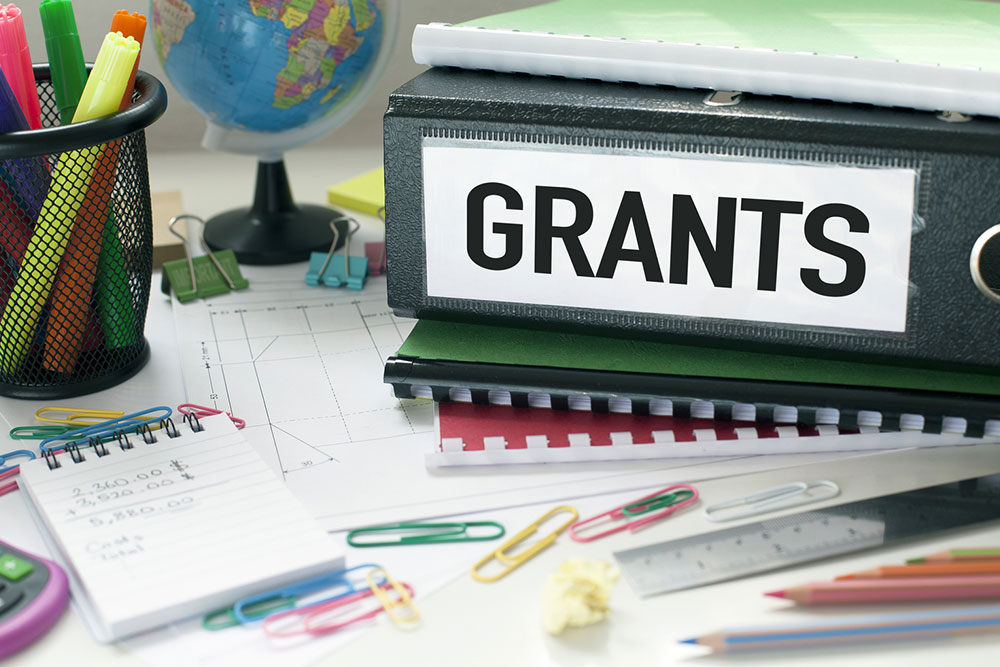
8 common mistakes to avoid when applying for grants
For those passionate about converting a big, innovative idea into a mega venture, getting a grant is probably the answer to making it happen. Unfortunately, for many, striking the winning balance is tough. Also, writing a persuasive, creative, and detailed grant proposal is challenging. However, it offers a substantial view of the quantifiable outcomes and purpose if well-written. To achieve this, one must know the common mistakes to avoid when applying for grants.
Not introducing oneself
One must begin by specifying the organization’s goals. Assuming the funder knows everything about the person seeking a grant is one of the most common mistakes to avoid when applying for it. So, one must explicitly specify:
- Intricate details about the organization.
- Needs and the problems one’s company may serve
- How this program promotes the funder’s mission
Writing too much
While it is vital to introduce oneself, the key is to keep it crisp. People usually have a short attention span, and the foundation trustee reviewing the grant application is no exception. Most foundations conduct the proposal process online, so one may have a restrictive page count, word, or character limit.
While one may be proficient and capable of writing essays on the grant, it is advantageous to keep the language to the point and concise. Ideally, the application should answer three vital questions: who they are, why their services exist, and why they matter.
Poor presentation and writing
Poor writing style, weak narrative, and incorrect formatting are common mistakes. So, create an engaging narrative that effectively communicates the project’s value. The writing should have a logical and structured flow. One must be able to hold the reader’s attention till the end.
To avoid this mistake:
- Depict the project’s impact with a compelling story.
- Incorporate visual aids to infuse life into the narrative.
- Present data to support the purpose.
- Elucidate key concepts.
- Add examples wherever possible.
- Use correct spacing, margins, and font size for a neat document.
Setting unrealistic budgets
Poorly defined budgets are a clear deal-breaker in the grant proposal. Through one’s budget, the reviewers wish to assess:
- Their understanding of the project costs
- The ability to allocate funds effectively.
So, formulate a detailed, realistic budget plan that outlines every expense associated with the project. Let the reviewer know how one plans to spend the money. Failure to do so can result in rejection of the application.
To avoid this mistake:
- Lay down rational estimates.
- Consider the market conditions while formulating the budget.
- Break down the probable spending towards supplies, equipment, administrative expenses, etc.
- Be transparent with the budget presentation.
- Only include intellectual property costs when the project is highly innovative.
Remain realistic in the estimates. Evaluators hate to see unreasoned costs specified. It’s one of the most closely examined areas. So, be careful and let the reviewer know how this will be a value-for-money project.
Not aligning with the funder’s priorities
Grant writing is tedious, repetitive, and challenging. Sometimes, we overlook the foundation’s interests and focus areas in our attempt to do everything necessary to submit a grant proposal. Every foundation has a purpose and a vision. So, when one submits a grant application, know that a group of humans will review it. They have their priorities and biases. Hence, the proposal must resonate with what the foundation cares about and not merely convey what one cares about personally.
To avoid this mistake:
- Establish a clear connection between the organization’s goals, mission, and services and the foundation to which it applies.
- Dig the foundation that aligns with the organization’s goals, mission, and vision.
While one may have to tweak the presentation in the former, the latter will be seamless. Ideally, the partnership should feel smooth. So, if framing the application feels like a stretch, one must consider applying to a different organization.
Not including supporting documents
Attaching the supporting documents is a crucial part of the grant application. The funding organization must conduct due diligence before releasing the funds. So, if one fails to furnish the documents necessary to validate the proposal or confirm specifications, the reviewer will reject the application.
Not reading the guidelines
If one does not adhere to the guidelines, one risks becoming ineligible. Every grant application has specific instructions and requirements that can disqualify it.
To avoid this mistake:
- Be careful about the formatting guidelines
- Add additional documents as required
- Adhere to the formatting style.
- Follow the word count requirements.
Not applying
Many people may make excuses for not applying like not having enough time, having too much already on their plate, not qualified enough, or not being ready. This can be one’s biggest mistake. Naturally, if one keeps contemplating and does not apply, one cannot win. It is fair to face rejection initially, but one will still receive the reviewer’s comments. These can help improve the proposal and prepare better for the next round. One can also revise one’s proposal and submit it to other funders.
Writing a grant can be daunting, but it is important to remember that it is always worth a try. Every application is an opportunity to learn and gain experience, regardless of the outcome. So, there should not be any excuse to not give it a shot.


